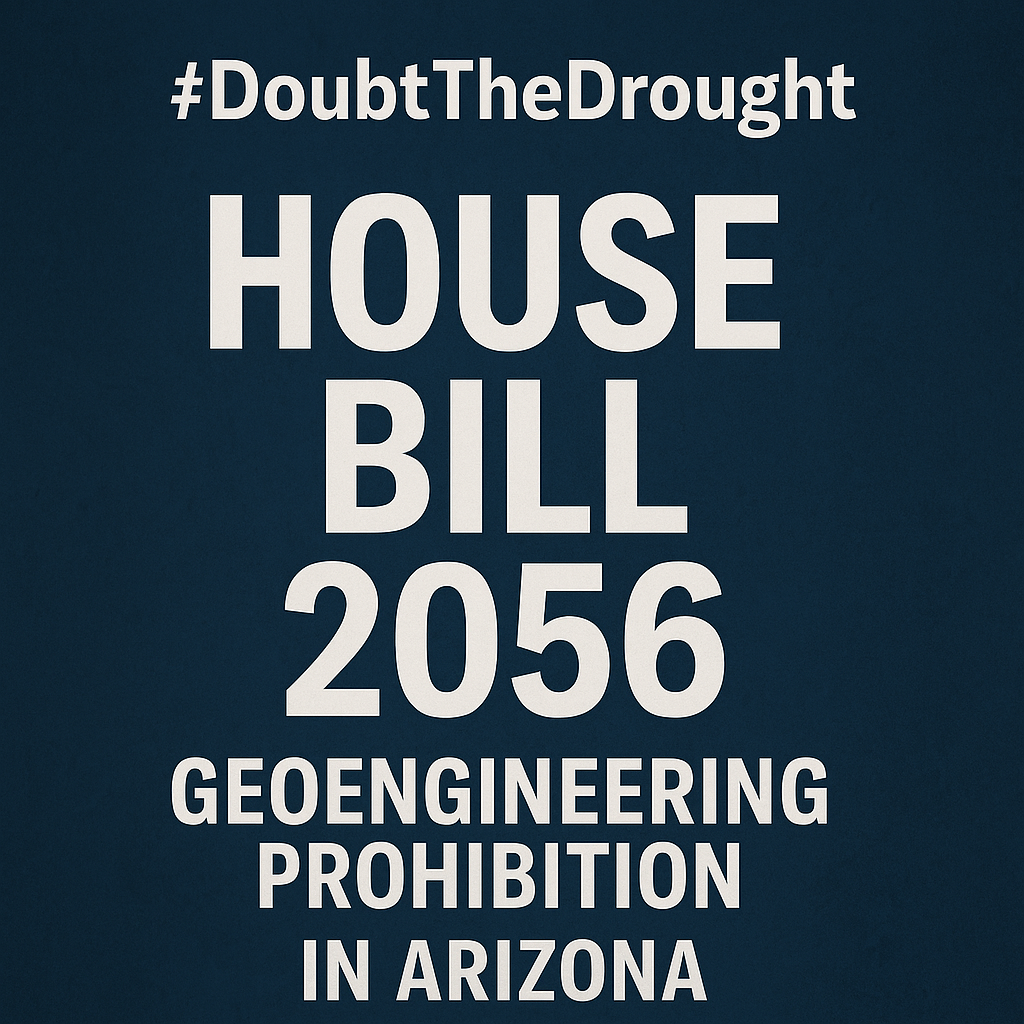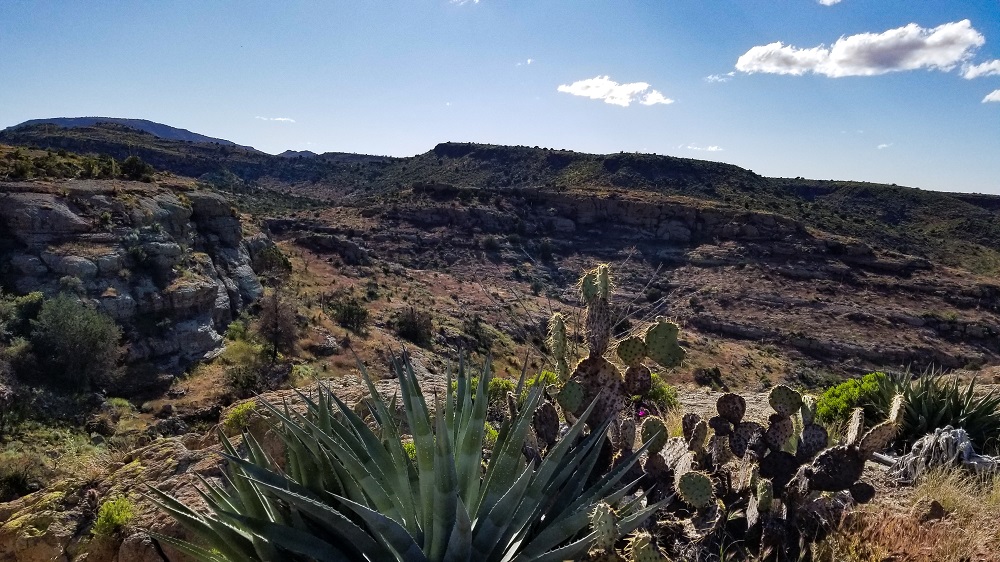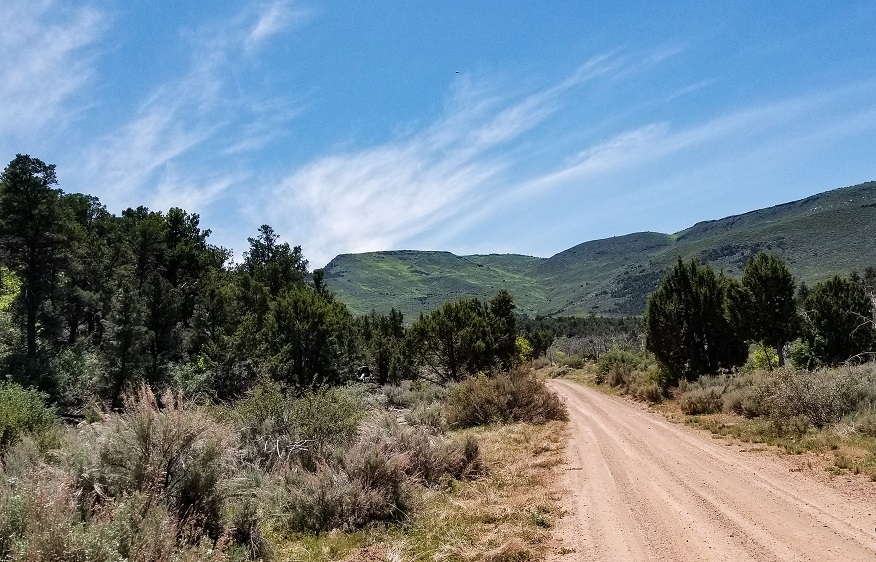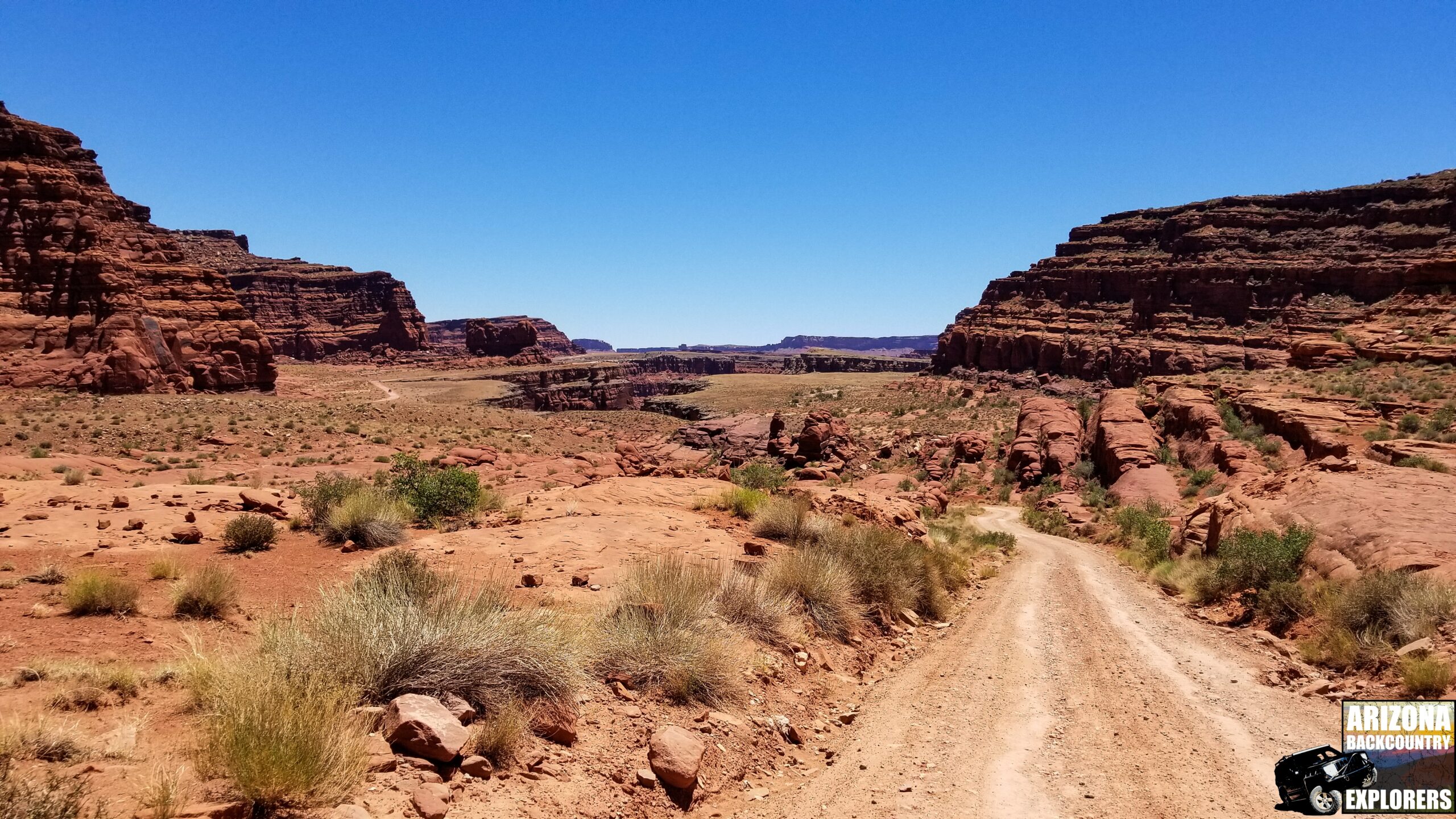Your cart is currently empty!
Posted in
Particulate Matter 10 (PM10) emissions have become one of the most compelling arguments against motorized use of public roads since the passage of the Clean Air Act. As a result of this law, Arizona air is strictly governed by state and federal bureaucrats.
Particulate Matter 10 (PM10) emissions refer to finely divided solid or liquid material, with an aerodynamic diameter less than or equal to a nominal 10 micrometers, emitted into the ambient air. Particulate matter is emitted directly and allegedly forms in the atmosphere from the chemical reaction of precursors such as sulfur oxides, carbon monoxide, nitrogen oxides, volatile organic compounds, and ammonia.
The Arizona Department of Environmental Quality operates a Title 5 Operating Permit Program for numerous public and private business operations within areas that surpass National Ambient Air Quality Standards set by the EPA, known as “nonattainment areas.” To guarantee that permittees do not surpass a polluting threshold within nonattainment areas, Arizona has established offset requirements for particulate matter, sulfur oxides, carbon monoxide, nitrogen oxides, and volatile organic compounds as conditions of the permit.
To see a full list of nonattainment areas by state, click here.
In addition to designated nonattainment areas, all areas of the state are categorized as Class I, Class II, and Class III attainment areas. All international parks, wilderness areas, and national memorials that exceed 5,000 acres, as well as national parks that exceed 6,000 acres and were in existence in August 1977, are considered Class I attainment areas. This also includes national monuments, national primitive areas, national preserves, national recreational areas, national wild and scenic rivers, national wildlife refuges, and national lakeshores or seashores.
Under the permit program, mining, agriculture, roads, housing developments, and virtually all other actions that may produce dust are mandated to reduce emissions. They are encouraged by “emissions reduction credits” issued by the Arizona Department of Environmental Quality.
In order to obtain a permit, emitters of the various pollutants must pay administrative and inspection fees that range from $750 to $100,000 or more, depending on your activity.
Encouraging farmers to close public access
According to Title 18 Chapter 2 Article 6 of the Arizona Administrative Code, the Arizona Department of Agriculture requires commercial farmers within PM10 non-attainment areas to obtain a Title 5 permit to engage in certain agricultural activities.
As a condition of the permit, farmers must implement a number of “best management practices” to reduce emissions in four separate categories of their operations. The permit requires farmers to choose two best management practices from each category, with additional mandated restrictions, including governing the speed of farm equipment to 15 mph, reducing time spent traveling on dirt roads, and reducing crop output. Among the recommendations is option number one to reduce PM10 emissions on “non-cropland,” suggesting closing public roads.
A commercial farmer shall implement from the following best management practices, as described in subsection (C) or (D), to reduce PM10 emissions from noncropland:
1. Access restriction,
R18-2-610.02
2. Aggregate cover,
3. Wind barrier,
4. Critical area planting,
5. Organic material application,
6. Reduce vehicle speed,
7. Synthetic particulate suppressant,
8. Track-out control system, or
9. Watering.
Credits to reduce emissions
The Arizona Emissions Bank is established under Title 18 Chapter 2 Article 12 of the Arizona Administrative Code. The state agency is responsible for the sale, trade, and issuance of emissions reduction credits, all of which are publicly available on their website.
According to the Arizona Emissions Bank Application Instruction Form, emitters of the various regulated pollutants who are required to obtain a Title 5 permit can voluntarily generate “emissions reduction credits” with the Arizona Emissions Bank. Businesses are eligible to receive one emissions credit per ton of reduced emissions each year by demonstrating permanent, quantifiable, surplus, enforceable, and real reductions. Emissions credits can be bought, sold, or transferred to other companies to offset their emissions output.
According to search results from the ADEQ Emissions Bank Credit Database, there are a total of 35 companies in Arizona who currently own Emissions Credits for various pollutants. The commonly understood “carbon credit” is not part of the program. The majority of credits issued are for Volatile Organic Compounds and Nitrogen Oxides, with a single permittee holding credits for Particulate Matter.
Incorporated into Travel Management Planning
Our backroads, according to federal and state agencies, are a major source of PM10 emissions. By reducing the number of roads, counties are able to decrease their emissions output and thus meet the thresholds set by federal policy and the Clean Air Act. In addition, federal agencies are required to ensure that emissions output, as a result of any action they take, is within the National Ambient Air Quality Standards for various attainment areas.
This means that during Travel Management Planning, federal land managers are required to evaluate how their decisions will impact air quality standards. If federal and state agencies decide to keep too many roads open, they could be in violation of federal air quality regulations.
During the Tonto National Forest Travel Management Plan, the U.S. Forest Service conducted extensive evaluations of the PM10 emissions impacts from dirt roads in the Tonto National Forest, specifically in relation to the Phoenix nonattainment area. These evaluations can be found under the Air Quality sections in volumes one and two of the Environmental Impact Statements. For more information, please visit this link.
In the statement, the US Forest Service asserts that Maricopa County has repeatedly faced Clean Air Act violations over the past decade due to fugitive dust from dirt roads. The statement proclaims that PM10 emissions from dirt roads in the Tonto National Forest contribute to these violations in nonattainment areas and Class 1 wilderness areas in Maricopa and Pinal counties.
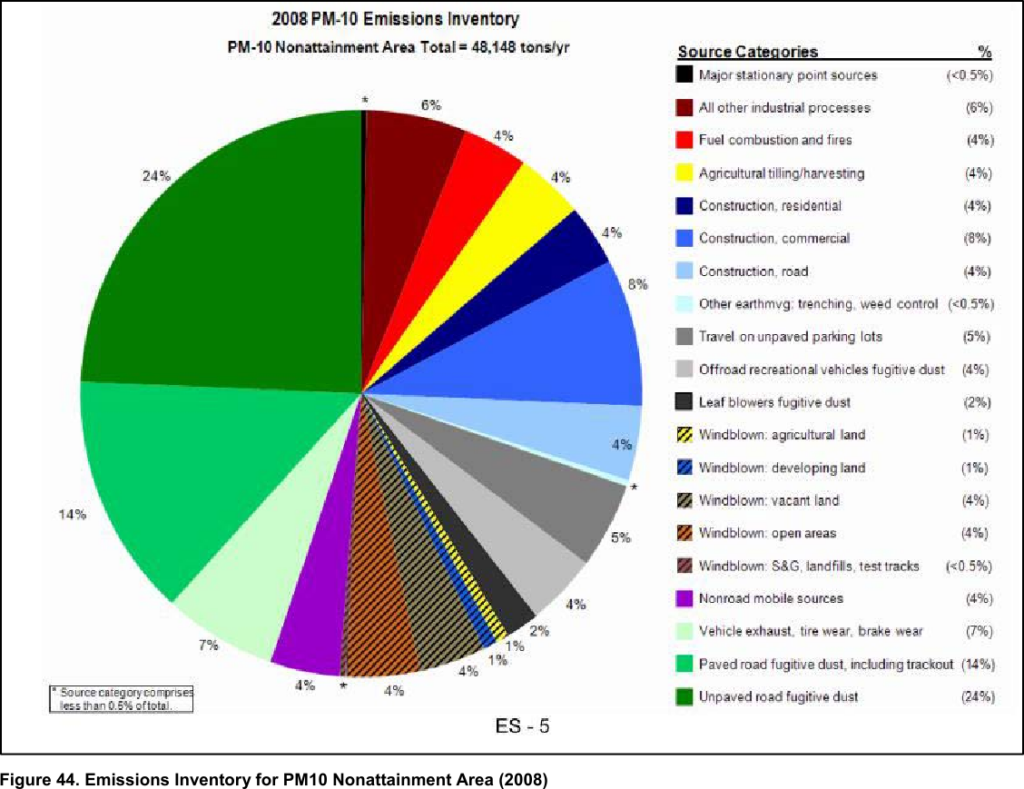
As part of the Travel Management Plan, the Forest Service provided a detailed breakdown of PM10 emissions reductions for each alternative. The agency evaluated how PM10 emissions from open roads in the Tonto National Forest impact the Phoenix nonattainment area. They analyzed multiple data points to scrutinize “fugitive dust”. Meanwhile, The EPA concluded that unpaved roads are responsible for 24% of PM10 emissions in the Phoenix non-attainment area.
This, therefore, establishes an incentive for city, county, and state entities to reduce the amount of open roads on public lands to meet strict federal air quality standards. In order for cities, counties, and states to meet carbon-neutral goals, roads must be closed as the EPA considers them the top source of Particulate Matter emissions.
You may also like…

Visit the AZBackroads.com Store

Please Become A Member
We need your help to keep our backroads open. Please join today!







